Forests, farmland, wildlife areas, and hiking trails are defining features of Connecticut’s Northwest Corner. Our region’s conserved land charms lifelong residents and newcomers alike, and plays a central role in our economic vitality and quality of life.
This natural beauty is an essential part of what makes our region desirable, but it comes at a cost: the region’s popularity, combined with a lack of housing supply, is making it impossible for many people to stay here as they age, or to move here for work or family. The median sales price of homes in Salisbury in 2024 was $912,500, in Falls Village it was $640,000, and in Cornwall it was $1,120,000. As a result, the charming natural beauty at the heart of the region has become inaccessible to many.
Recently, conservation experts from the Litchfield Hills Greenprint Collaborative were discussing the importance of forested wildlife habitat at a local, undeveloped property. Someone pointed out the town was considering developing affordable homes on the same property, due to its ample road frontage. What followed was an “aha” moment. “Why can’t we do both?” they asked.
This epiphany spurred the creation of the Northwest Connecticut Affordable Housing and Conservation Collaboration, a joint effort of the Greenprint Collaborative — a collective partnership working in 28 northwest Connecticut towns to conserve open space, farmland, forest, and drinking water through strategic, collaborative action — and the Litchfield County Center for Housing Opportunity (LCCHO), an initiative addressing housing affordability by providing technical assistance, capacity building, data, and tools to towns and nonprofit housing organizations.
Together with the Housatonic Valley Association, which works to protectthe environmental health of the entire river valley, the collaboration brings conservation and affordable housing advocates together to identify points of alignment, and provide communities with strategies, tools, and relationships to help them support local affordable housing efforts and conservation efforts.
Conservation land trusts acquire and manage protected land for the purposes of wildlife conservation, recreation, natural resource conservation, farmland preservation, and many other community benefits. Affordable housing trusts acquire land to build homes dedicated to households earning less than the area’s median income. Both of these efforts determine the permanent use of land for public benefit purposes. While a “zero sum” attitude might see them as opposed, groups in Connecticut’s Northwest Corner have instead chosen to join forces to strengthen both of their efforts.
The Affordable Housing and Conservation Collaboration includes more than 60 individuals and approximately 40 organizations, including the communities of Cornwall, Falls Village, Goshen, Kent, Norfolk, Salisbury, Sharon, Warren, and organizations including Habitat for Humanity Northwest Connecticut, Northwest Connecticut Land Conservancy, and the Northwest Hills Council of Governments.
With support from Berkshire Taconic Community Foundation, Foundation for Community Health, and the Housing Collective, these participants met regularly throughout 2024 to discuss shared challenges, develop a list of actionable strategies, and hold breakout sessions to identify specific opportunities for collaboration in their own towns. With the help of a new purpose-built online mapping tool, participants can now see opportunities for conservation, opportunities for affordable housing, and where they overlap. Participants also developed a short video showing what collaboration looks like.
Similar initiatives are underway in the Hudson Valley, Massachusetts and nationally. There are also examples where affordable housing and conservation have come together right here in our backyards: Litchfield Housing Trust’s Gagarin Place affordable homeownership development includes eight net-zero homes and nine acres of preserved open space; at Foundation for Norfolk Living’s Haystack Woods, half the land will remain conserved land while the other half will host 10 affordable, net-zero homes; and at Dresser Woods in Salisbury, half the site will remain conserved land while on the other half, 20 new affordable rental homes will be built.
Participants in this project will continue to meet and build relationships throughout 2025, pursuing specific opportunities identified during their working sessions, and raising community awareness about their efforts. New communities and organizations who would like to get involved are encouraged to contact HVA and/or LCCHO.
The Northwest Corner can be green, open, and affordable—if we work together.
Connie Manes is Housatonic Valley Association’s Greenprint Director. Jocelyn Ayer is Director of Litchfield County Center for Housing Opportunity.

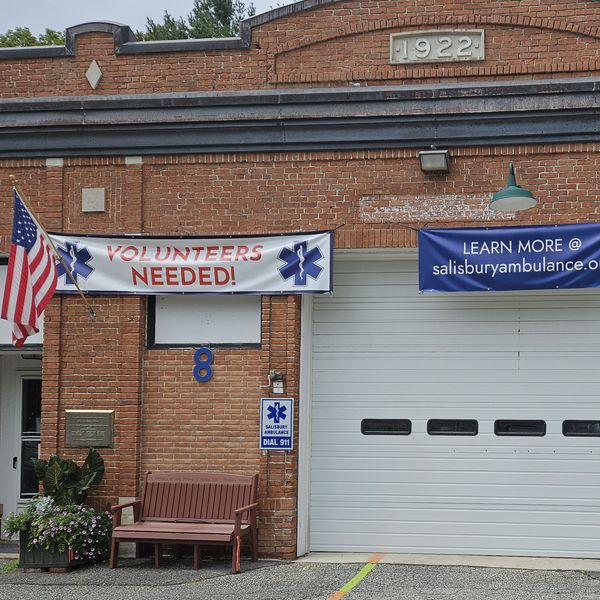
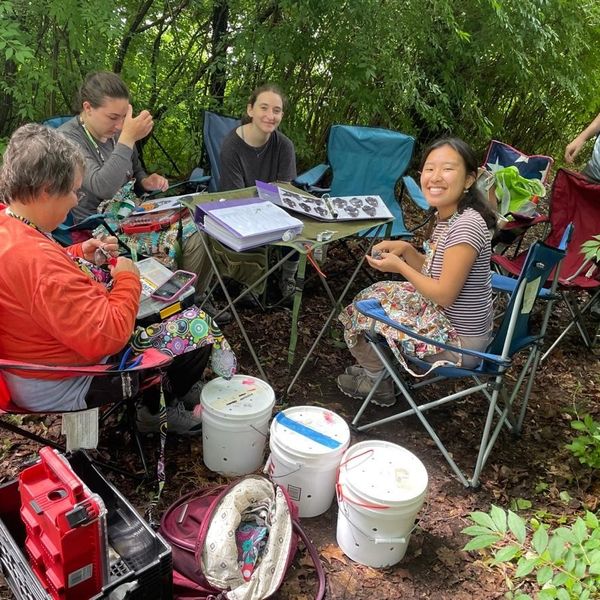
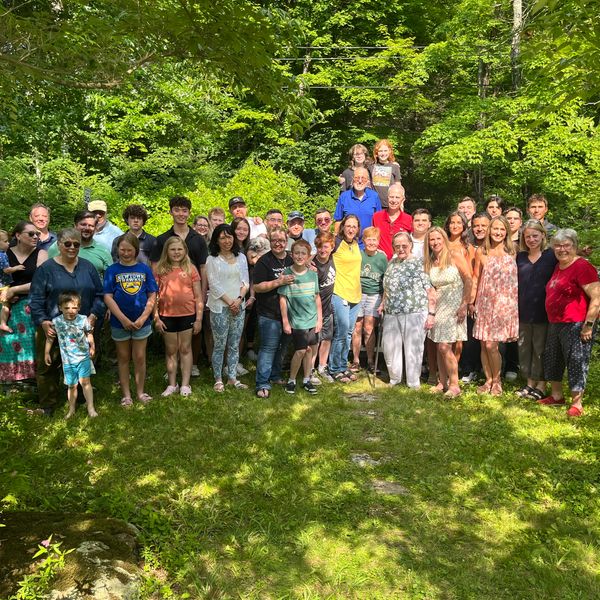
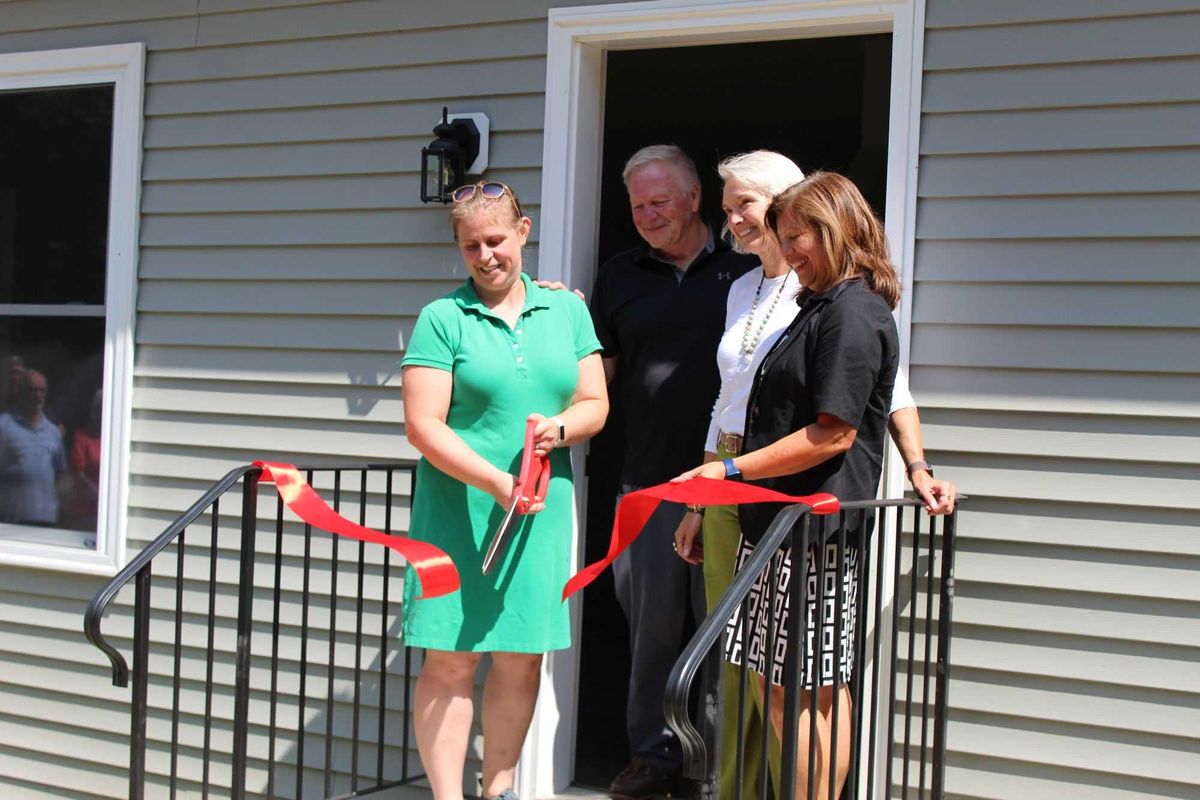
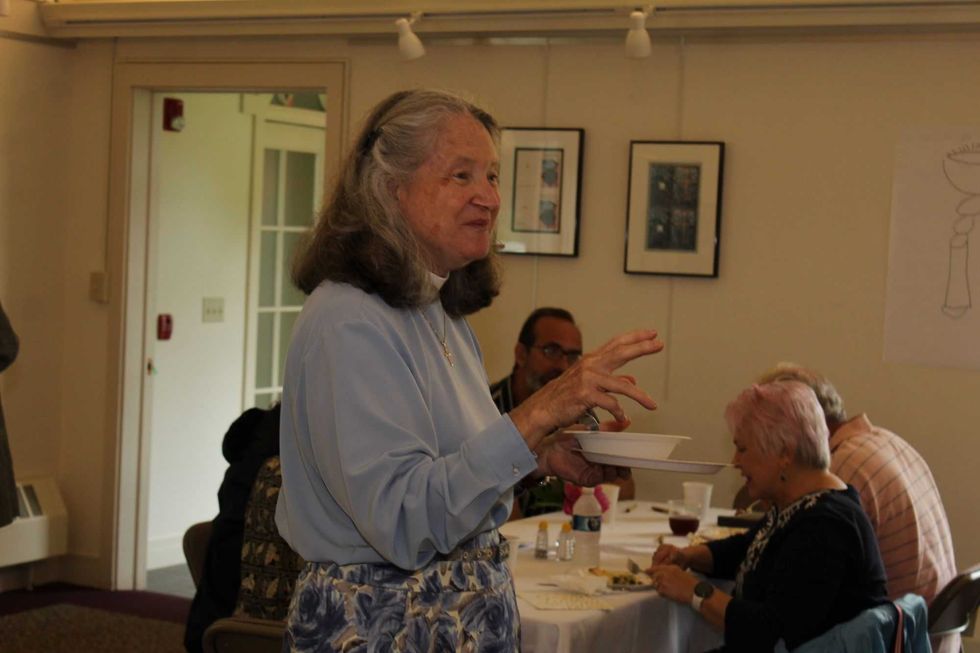 The Rev. Heidi Truax retired after 16 years at the helm of Trinity Episcopal Church in Lime Rock.By Patrick L. Sullivan
The Rev. Heidi Truax retired after 16 years at the helm of Trinity Episcopal Church in Lime Rock.By Patrick L. Sullivan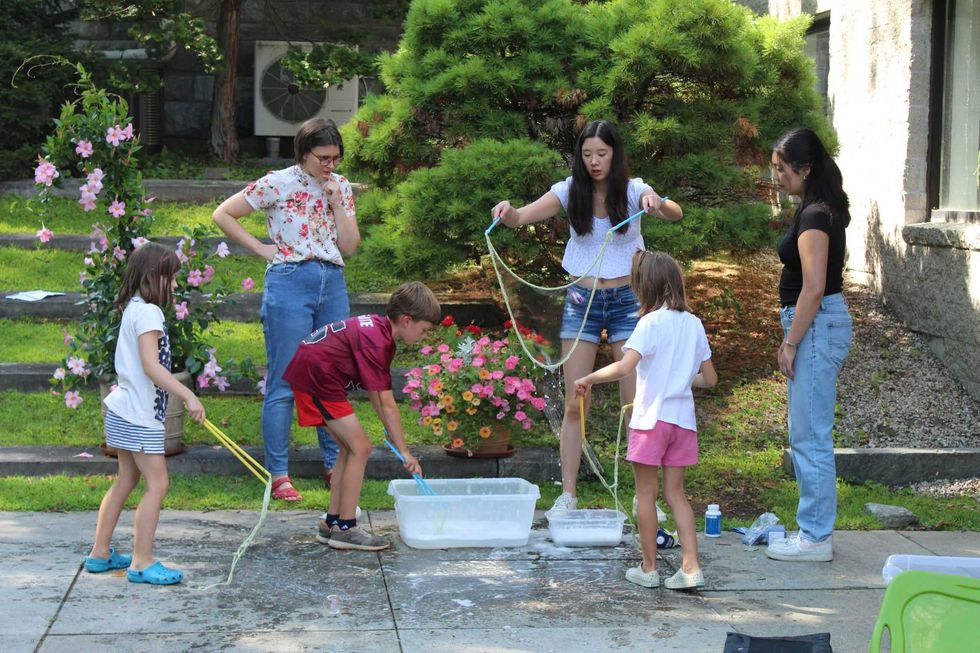 The summer reading program at the Scoville Memorial Library wrapped up Aug. 23 with an emphasis on bubbles. Lots of bubbles.By Patrick L. Sullivan
The summer reading program at the Scoville Memorial Library wrapped up Aug. 23 with an emphasis on bubbles. Lots of bubbles.By Patrick L. Sullivan



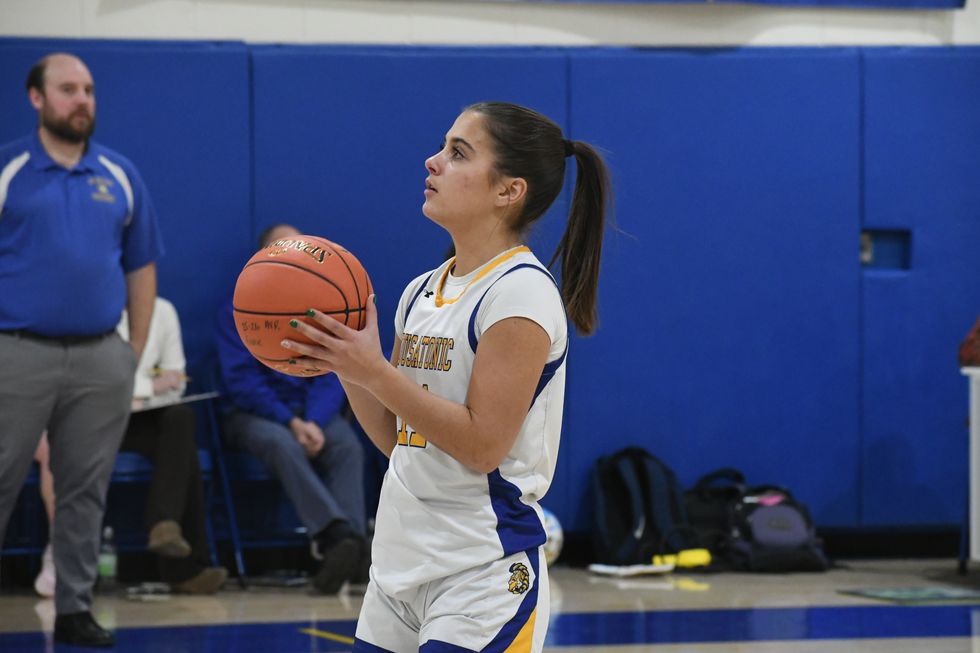

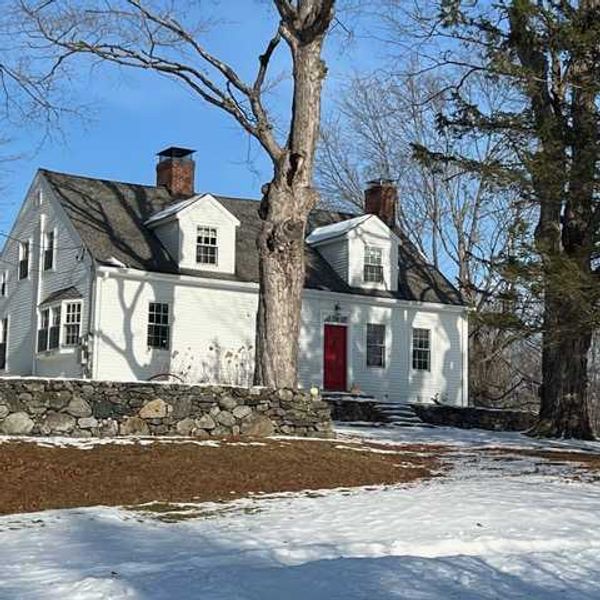
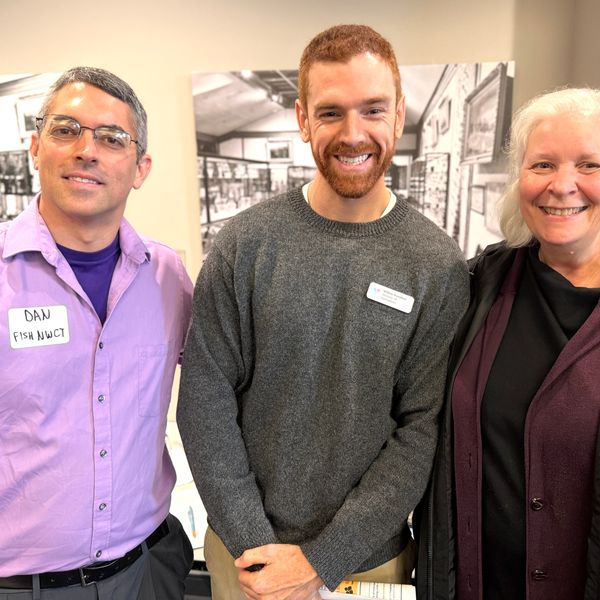

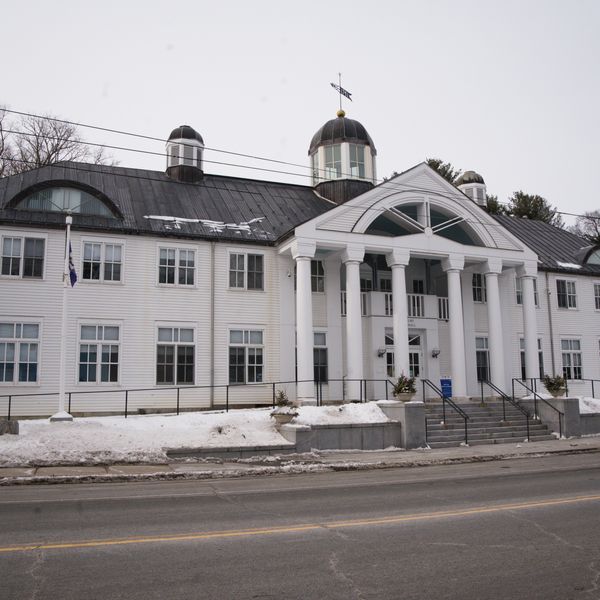
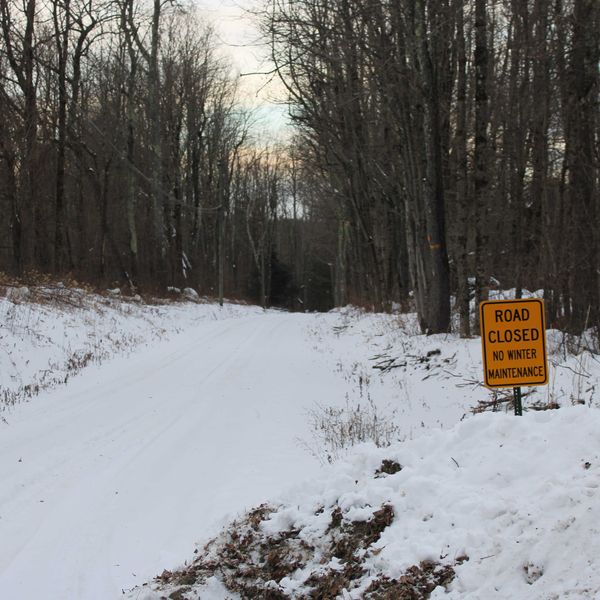

Conservation & affordable housing: Great partners